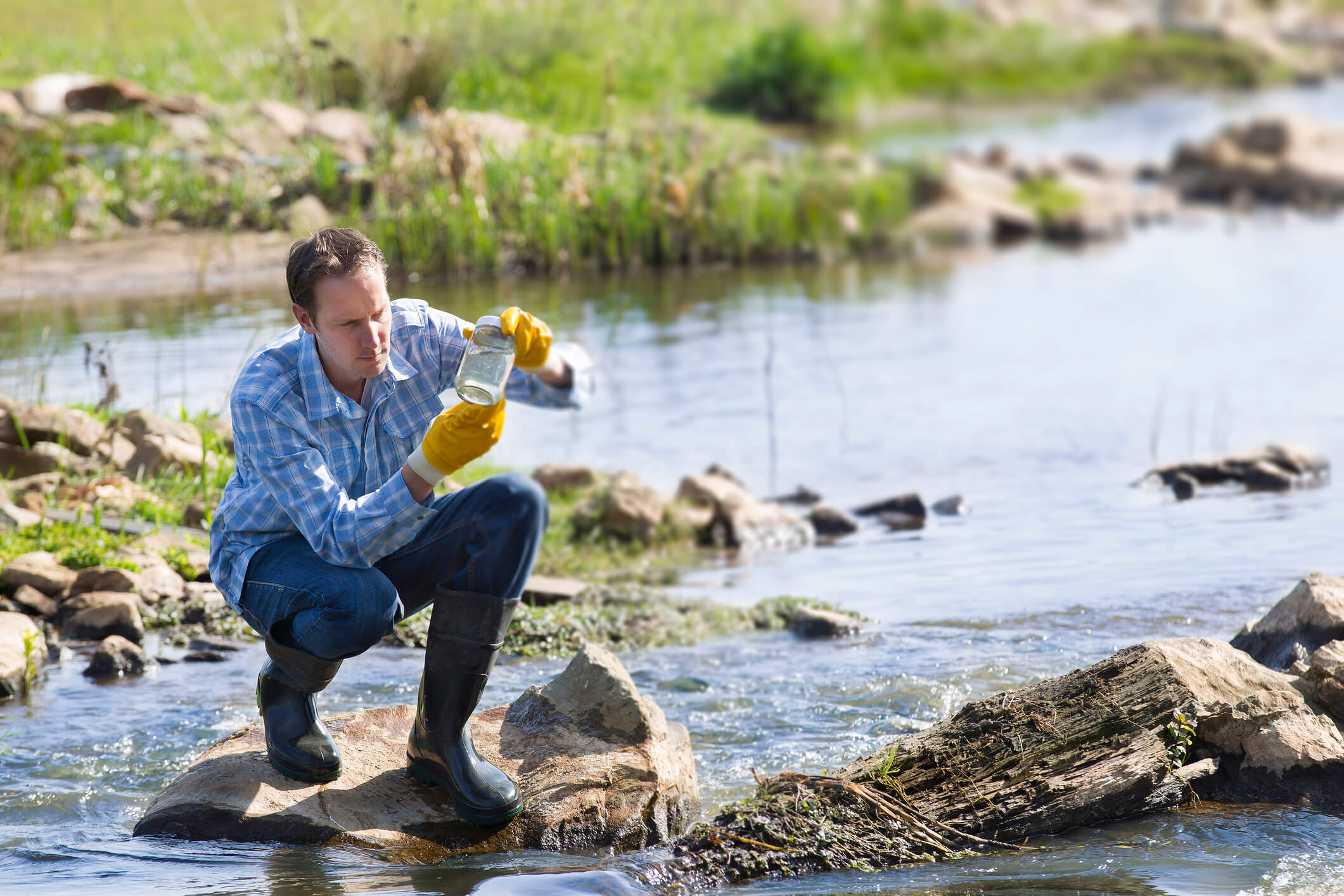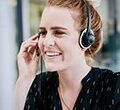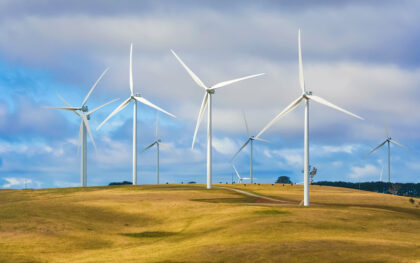Oceanography
Overall Course Objectives
The course will provide students with a basic knowledge to evaluate general physical/chemical and biological principles in the ocean along with explaining their interactions. Thereby, the students will be able to reflect on the components of the SDG14 ‘life below water’ and their meaning. Specifically, students will gain knowledge on how to measure, transform, and analyse environmental data, investigate processes and drivers of population changes over time (such as growth, mortality, fecundity) for a diverse set of species (e.g., phytoplankton, zooplankton or fish). The students will gain knowledge that allows them to evaluate the structure of the water column and relate it to the functioning of aquatic ecosystems, and how living marine resources such as fish can be managed.
See course description in Danish
Learning Objectives
- Describe marine ecosystem properties.
- Measure key biological, chemical and physical parameters of seawater in the field and the laboratory.
- Transform instrument data into physical, chemical, and / or biological properties of seawater (e.g., derive salinity from conductivity)
- Describe how abiotic factors (chemical and physical properties) affect marine organisms, including their distribution.
- Identify and explain the physical processes associated with observed physical characteristics of seawater.
- Measure size distributions of organisms in different ecosystems (zooplankton, fish).
- Apply measured sizes from the field to estimate and predicted size distributions of higher trophic levels.
- Apply simple population dynamics models to reconstruct fish stock biomass and estimate fishing mortality.
Course Content
The first week of the course consists of a series of lectures, exercises, and lab work, plus a one-day field excursion on the research vessel “Havfisken”. The lectures introduce key principles in physical, biological, and chemical oceanography, fish biology, and population ecology. The exercises and lab work focus on water physics, ecology of marine plankton and fish. During the field excursion with ‘Havfisken’, students will use in situ sensors and fishing gear to measure physical and chemical properties of seawater and determine the diversity of the plankton and fish communities. In the following two weeks, the students will work on a group project, either experimental in the lab or a theoretical study. Based on this project work in groups, they will make a presentation and a poster.
The project work will encourage students to apply the skills and knowledge gained in week 1 and carry out an in-depth investigation that will be facilitated by the course teachers. Students may choose projects from different overarching topics but also include additional aspects if they wish: Topics include
1) chemical and physical water column properties,
2) effects of temperature on fish energy use,
3) biological traits of fish species with different life history strategies, and
4) how zooplankton and phytoplankton adapt their behavior to cope with environmental challenges.
Possible start times
- 23 – 26
Teaching Method
Lectures, laboratory exercises and a cruise in Øresund. The students work in groups and the course concludes with a PPT presentation and a poster, which will be presented and evaluated at a poster session.
Faculty
Remarks
This course provides students with competences relevant to UN SDGs, particularly #14 (Life below water). Full-time DTU students have priority; if these do not fill the 12 available spots, guest students can be taken in.
Limited number of seats
Minimum: 6, Maximum: 12.
Please be aware that this course has a minimum requirement for the number of participants needed, in order for it to be held. If these requirements are not met, then the course will not be held. Furthermore, there is a limited number of seats available. If there are too many applicants, a pool will be created for the remainder of the qualified applicants, and they will be selected at random. You will be informed 8 days before the start of the course, whether you have been allocated a spot.






